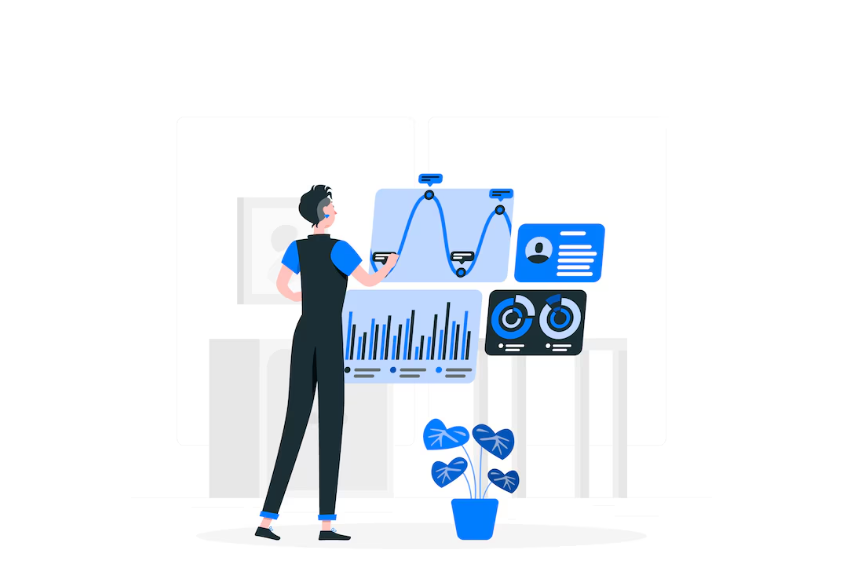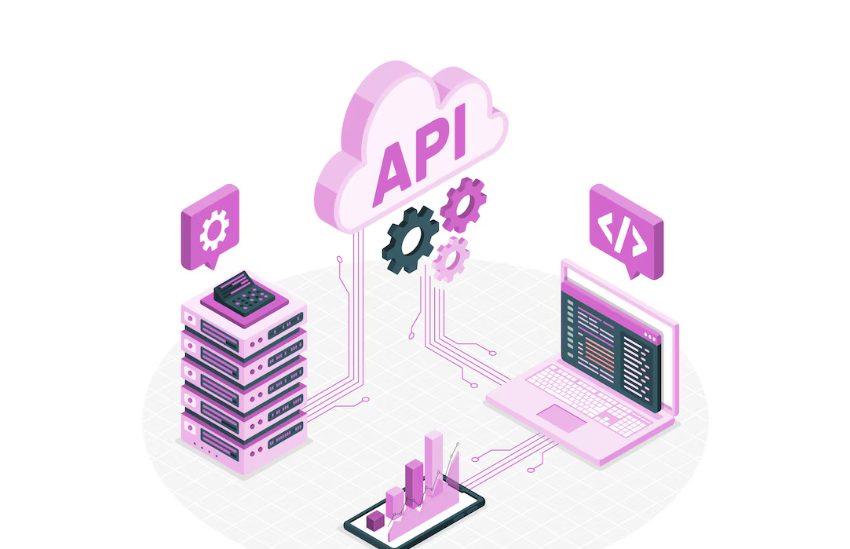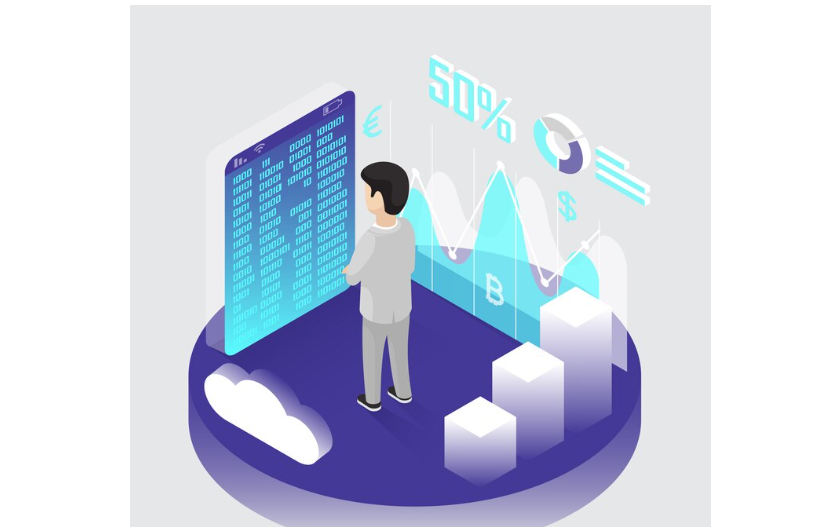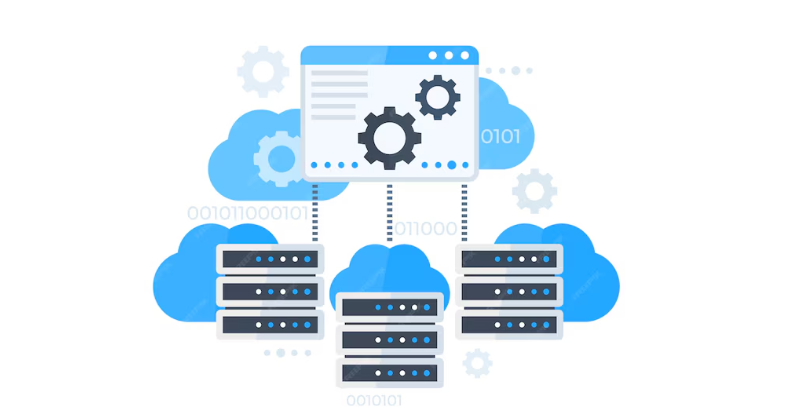Every business intelligence implementation project has different needs, and a set of procedures is determined by the project’s size and level of detail. Using our 10 years of experience in business intelligence solutions delivery, we list some general stages that are common to most projects. How do you implement software analytics for business intelligence scroll through the end to understand the answer to the question.
Every organization uses data, which is information gathered from a variety of internal and external sources. Additionally, these data channels act as a second set of eyes for executives, providing them with insightful information on market and business trends. As a result, any misunderstanding, error, or incomplete information could result in a skewed perception of the state of the market and internal operations, which could then lead to poor decisions.
Making data-driven decisions necessitates having a comprehensive understanding of every facet of your company, including unanticipated ones. However, how may unstructured data fragments be transformed into something valuable? Business intelligence is the solution.
What is business intelligence?
The process of gathering, organizing, and evaluating unprocessed data to transform it into useful business insights is known as business intelligence or BI. BI takes into account techniques and resources that convert unstructured data sets into easily comprehensible reports or information dashboards. BI’s primary goal is to facilitate data-driven decision-making.
Key benefits of business intelligence
An effective BI program highlights methods to improve performance and revenues, identify problems, streamline processes, and much more. BI has numerous advantages, some of which are as follows:
Get assistance in making decisions based on facts.
With the use of BI technologies, managers, employees, and executives can find insights pertinent to their positions and responsibilities and utilize them to base decisions on facts rather than conjecture.
Acquire and preserve a competitive edge.
Organizations can swiftly spot and seize new trends and opportunities with timely BI. Additionally, they can evaluate their own strengths, shortcomings, and skills in comparison to those of their rivals and take advantage of that information.
Evaluate and monitor performance.
BI dashboards facilitate tracking progress toward goals, keeping an eye on key performance indicators (KPIs). In the answer of how do you implement software analytics for business intelligence the monitoring and evaluating process is very important.
Determine and establish benchmarks.
By comparing their procedures and performance indicators to industry norms, businesses can identify areas for improvement, establish useful benchmarks, and track their progress.
Spot issues so they can be resolved.
With BI, users may discover potential company problems before they create financial loss – such as manufacturing or distribution bottlenecks, growing trends in customer attrition, rising labor expenses, and more.
Increase your efficiency.
Business intelligence solutions help everyone to spend less time seeking information, analyzing data, and generating reports. To streamline processes, they can also spot areas of overlap, duplication, or inefficiencies between subsidiaries or departments.
Make reports and data available to all.
Without the need for coding or other technical expertise, team members may utilize BI software’s user-friendly interfaces, drag-and-drop reports, and role-based dashboards.
Enhance the experiences of both employees and customers.
BI users can analyze comments, mine data to identify trends in employee and consumer behavior and apply insights to customize and enhance experiences.
Boost earnings and profitability.
In the end, business intelligence information helps teams better understand where opportunities and dangers are so they may make lucrative adjustments.
Important actions for implementing business intelligence
How do you implement software analytics for business intelligence? Here are the factors that you must remember for unerupted implementation.
- Do a feasibility study.
- Compile the necessary requirements.
- Choose a platform and develop a concept.
- Arrange the project.
- Create the solution.
- Educate users.
- Start the project.
- Encourage and develop the solution.
1. Feasibility study
4-6 weeks
Determining the needs for the upcoming BI solution by analyzing the current analytics environment and business needs.
2. Requirements engineering
Establishing the BI solution’s functional and non-functional needs. These prerequisites can be further divided into two categories: required and elective.
3. Conceptualization and platform selection
Defining the technology stack, desired BI solution features, and necessary talents to complete the project.
- connecting the requirements and the suggested solution.
- establishing user adoption plans, business intelligence deployment methods, data quality assurance procedures, and data sources and ETL processes.
4. Project Planning
Defining deliverables, evaluating risks, and calculating ROI, TCO, and implementation costs for BI. Once this stage is completed, you will receive a communication plan, a project timetable, and a thorough project plan.
5. Development
Delivering the BI solution’s front end and back end.
Putting in place data security, quality control, and ETL procedures for every data source.
implementing quality assurance processes to prevent issues like inaccurately computed KPIs, sluggish BI system responsiveness, or poor user experience.
6. User training
Delivering training sessions and user guides to end users.
Modifying standard procedures for every user group, etc.
7. Launch
Conduct user acceptability testing prior to launch to verify the BI solution in practical settings.
putting the solution into production so that end users may use it.
8. Solution support and evolution
Additionally, as BI develops, the team can add self-service features, sophisticated business analytics, data science capabilities, etc. to the solution.
Business intelligence process: How does BI work?
There are five primary phases to the entire business intelligence process.
- Data gathering is the process of compiling information from a range of internal (Google Analytics, CRM, ERP, etc.) or external (market data providers, industry analytics, etc.) sources.
- The process of preparing acquired data for analysis by verifying its uniformity and quality, among other things, is known as data cleaning or standardization (for further information, see the linked pages).
- Data storage is the process of putting data into a data warehouse and keeping it there for later use.
- In reality, data analysis is the automated process of using a variety of quantitative and qualitative analytical methodologies to transform raw data into useful, usable information.
- Reporting entails creating comprehensible visual representations of analytics results, such as dashboards or graphical images, from which users can engage or derive actionable insights.
In Summary
Business intelligence is an input-heavy, technology-driven process. In addition to providing front-end tools for working with big data, BI technologies that transform unstructured or semi-structured data can also be utilized for data mining. Have any ideas on how do you implement software analytics for business intelligence? You can share your thoughts through the comment section.




